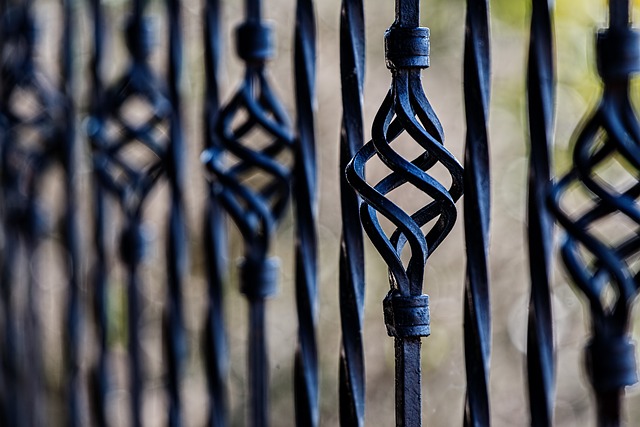In New Bedford, Massachusetts, a new vinyl fence can significantly enhance your property’s curb appeal and security. However, the installation process requires careful planning and professional expertise to ensure durability and compliance with local regulations. This article guides you through understanding the vinyl fence installation process, selecting the right contractor in New Bedford, navigating permits and regulations, and maintaining your new fence for longevity. By covering these aspects, we aim to empower homeowners to make informed decisions when embarking on their fencing project.
- Understanding Vinyl Fence Installation Process
- Choosing the Right Contractor in New Bedford
- Permits and Regulations for Vinyl Fences
- Maintaining Your New Vinyl Fence
Understanding Vinyl Fence Installation Process
When it comes to vinyl fence installation, understanding the process is key to ensuring a smooth and successful outcome. The first step involves measuring and designing the fence layout according to your specific needs and preferences. This includes deciding on the style, height, and length of the fence, as well as selecting the appropriate posts and brackets. Once the design is finalized, the contractor will clear the site, marking where each post will be placed.
The actual installation process begins with digging holes for the posts, which are then set in concrete to ensure stability. The panels are then fitted together using specialized tools and connectors, creating a strong and durable fence structure. Gaps are sealed with butt joints or overlapping sections, enhancing both the aesthetics and security of the fence. Finally, the top rail is installed, providing a finishing touch that not only completes the look but also reinforces the overall strength of the vinyl fence.
Choosing the Right Contractor in New Bedford
When it comes to choosing a vinyl fence installation contractor in New Bedford, MA, it’s crucial to conduct thorough research. Look for professionals with a proven track record and positive customer reviews. Inquire about their experience, the types of vinyl fences they offer, and their installation process. A reputable contractor should provide detailed estimates, ensure compliance with local building codes, and offer warranty information.
Consider asking for references from previous clients to gauge their satisfaction levels. Communication is key; a good contractor will listen to your needs, offer expert advice, and keep you informed throughout the installation process. Make sure to discuss timelines, materials, and any potential costs upfront to avoid surprises later on.
Permits and Regulations for Vinyl Fences
When planning a vinyl fence installation in New Bedford, MA, it’s crucial to understand the permits and regulations that govern such projects. The city or town where you reside may have specific requirements regarding fence height, materials, and placement. Failure to comply with these rules can result in fines or even the necessity to remove the fence. Therefore, before beginning construction, homeowners should contact their local building department to inquire about necessary permits.
The permitting process typically involves submitting detailed plans of the proposed fence, including measurements, material specifications, and any specific design elements. Inspectors will review these plans to ensure they align with local codes and regulations, ensuring safety and aesthetic considerations. Understanding these processes in advance can streamline the installation, avoiding potential delays or legal issues.
Maintaining Your New Vinyl Fence
After your new vinyl fence installation in New Bedford, MA is complete, proper maintenance will ensure its longevity and preserve its aesthetic appeal. Regular cleaning with a soft brush or cloth and mild detergent is recommended to remove any dirt, leaves, or mildew that may accumulate over time. Avoid using harsh chemicals or power washers as they can damage the vinyl material.
A coat of sealant every few years is crucial for protecting your fence from UV rays, extreme weather conditions, and general wear and tear. Inspect your fence regularly for any signs of damage, such as cracks or warping, and repair them promptly to prevent further deterioration. Keeping trees and shrubs trimmed near the fence will also help avoid damage from roots and branches.
